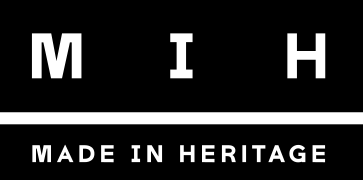
Linked Open Data
Linked Open Data (LOD) is a practice of publishing data on the web in a standardized and interoperable manner. LOD is based on open standards, such as the Resource Description Framework (RDF), Uniform Resource Identifiers (URI), and SPARQL Protocol and RDF Query Language (SPARQL), which allow data to be represented, linked, and queried in a standardized and easily accessible way.
The fundamental principle of LOD is to create connections between data published on the web, enabling information to be linked, interoperated, and reused from different sources. This means that data can be queried, shared, and used dynamically and in real-time, allowing for the creation of new knowledge and applications.
LOD includes a wide range of data, including governmental, cultural, scientific, and commercial data, which can be used in various contexts such as scientific research, business data management, data analysis, and application development. LOD can be made available in different formats, including RDF files, web APIs, ZIP archives, and linked data sets.
The main advantage of LOD is that it enables the creation of a semantic web, a network of interconnected data that can be automatically and accurately analyzed and interpreted by machines. This means that applications can use LOD to create personalized services, such as interactive maps, product recommendations, and location-based services.
Additionally, LOD promotes data sharing and open access, enhancing transparency and collaboration between organizations. This means that organizations can integrate LOD into their data management strategies and share it with other organizations securely and in compliance with privacy laws.
In conclusion, LOD represents a significant advancement in the publication and use of data on the web. By creating connections between data and providing semantic information, LOD facilitates the creation of new knowledge and applications, promoting collaboration and open data access.

